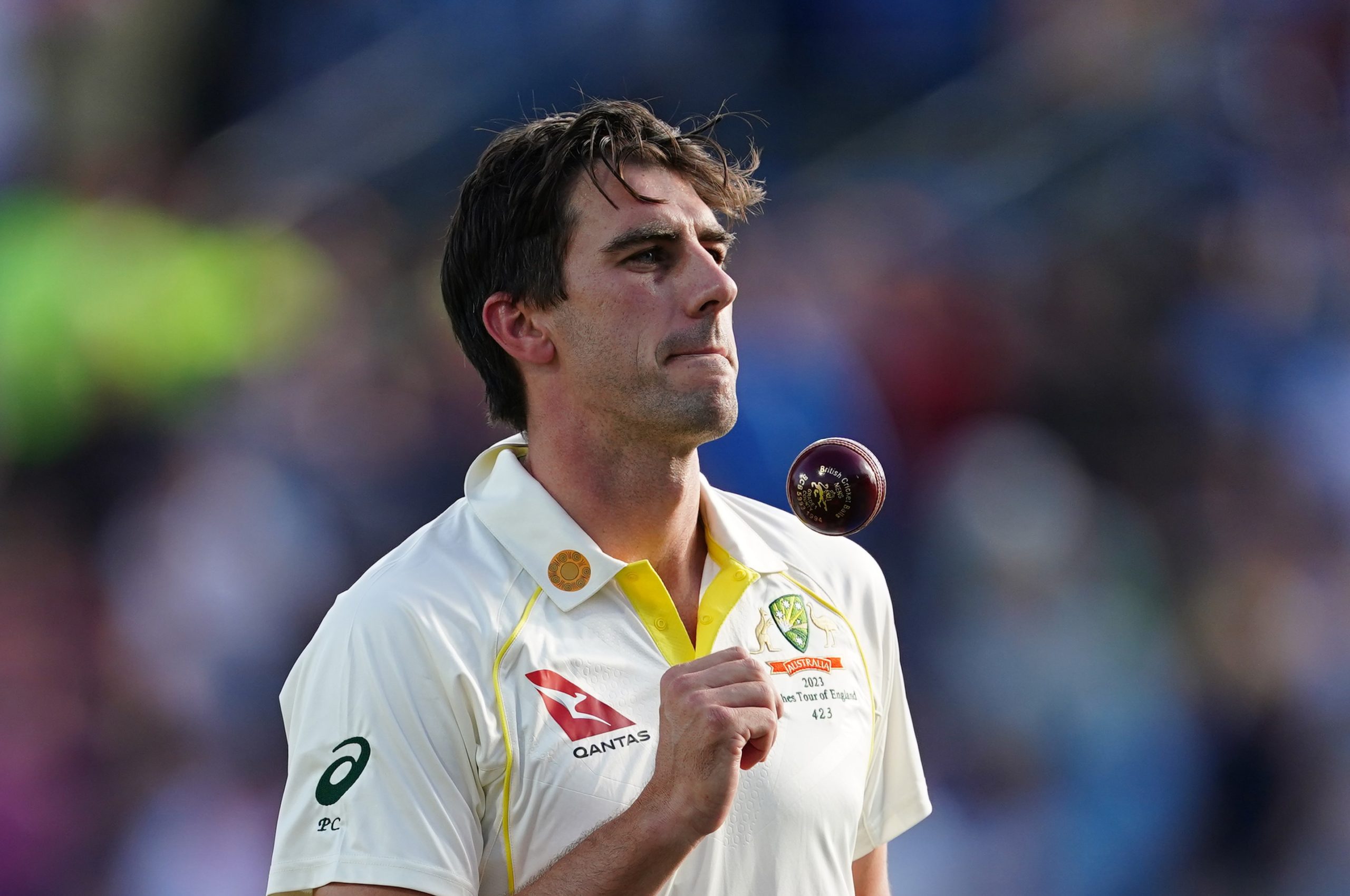
By Tim Wigmore
Wanted: a cricketer, must be able to bowl at speeds exceeding 90mph over several days without grave risk of injury.
In the Ashes series, there are no shortage of cricketers who fulfil this description. But, here’s the snag: they are all Australian. And so, while Australia have Mitchell Starc, Josh Hazlewood and Pat Cummins, who can all clear 90mph with ease – not to mention James Pattinson and Nathan Coulter-Nile, who are capable of doing so when fit – England have the look of a team bringing knives to a gunfight.
What has gone wrong? Why, when Australia have a battery of bowlers of express pace, can England seemingly not even field one? Even the pace of Mark Wood is more mirage, gaining a few mph with every Test that he misses, than reality. Recall his speeds during Test matches last summer, when Wood would often be the slowest England quick of the lot.
And so the sense is that, rather than an ill-timed injury or not, England’s paucity of quicks is altogether more systematic: the result of deep-seated flaws in the system.
There are a few obvious culprits here, two of which Trevor Bayliss addressed recently. The first is the pitches in domestic cricket, often kinder to nagging seam than express pace. Call this the Darren Stevens problem: that seamers of the ilk of Stevens or Jesse Ryder find far more encouragement in the wickets than speed merchants.
At least England are making genuine attempts to address the issue: allowing visiting teams to bowl first, instead of having a toss, since the 2016 County Championship season does appear to have led to an improvement in the quality of pitches. In the long run this should bode well for England’s ability to produce fast bowlers and mystery spinners, but it will be several years before we see if the promised benefits of the no toss option materialise.
The second factor Bayliss cited is another familiar one: the domestic schedule. Simply put, the volume of county cricket is far too great for bowlers to sustain bowling at their peak speeds. So they compromise and reduce their pace. Or they are stubborn and become more susceptible to injury: think of Wood or, perhaps more pertinently, Jamie Overton. He is a genuine 90mph and, at full pelt, arguably the most intimidating English bowler on the county circuit.
The trouble is, he has only played six Championship matches in each of the last two summers. When he has played he has been very good, averaging 22 in both years; it’s just that he hasn’t played nearly enough.

Big guns: Steve Harmison and Simon Jones formed the part of an England attack that could bowl consistently at speeds of 90mph (photo: Getty Images)
Yet perhaps the underlying obstacle is more fundamental: the very way in which English fast bowlers are nurtured. Not since Steve Harmison and Simon Jones, two members of the fab four pace attack of 2005, have England had bowlers who could be relied upon to reach 90mph. These seem more than generational woes.
Steffan Jones, the respected fast bowling coach, believes that England fail to reach elite speeds because of premature specialisation. There is a wealth of evidence – think of Novak Djokovic crediting his flexibility on the tennis court to his years skiing – of how playing multiple sports until deep into an athlete’s teens benefits their skills and helps to prevent injuries.
English cricket, and perhaps English sport more widely, seems determined to make the most talented multi-sport athletes choose too soon.
England are certainly focused on preventing fast bowling injuries. The trouble is, this has taken the form of prescribing regimented bowling actions. Don Bradman learned to bat by bouncing a golf ball off a corrugated wall and hitting it back with a cricket stump and developed an idiosyncratic technique – proving that there is no perfect way to bat.
Bowling, too, is best done by adopting what comes naturally. The suspicion is that, at Loughborough and beyond, for years England’s focus has been upon young bowlers developing sturdy actions that inoculate them from harm – even when this entails moving away from what is natural and, often, speedier. James Anderson, though never an express bowler, turned his career around after essentially ditching the Loughbrough manual and going back to what came naturally.
There is no panacea to producing bowlers of express pace. But if England are to produce more than a seemingly endless stream of right arm, over-the-wicket bowlers at speeds of 80-85mph, they must ditch conformity, the coaching manual and embrace the unconventional.


















